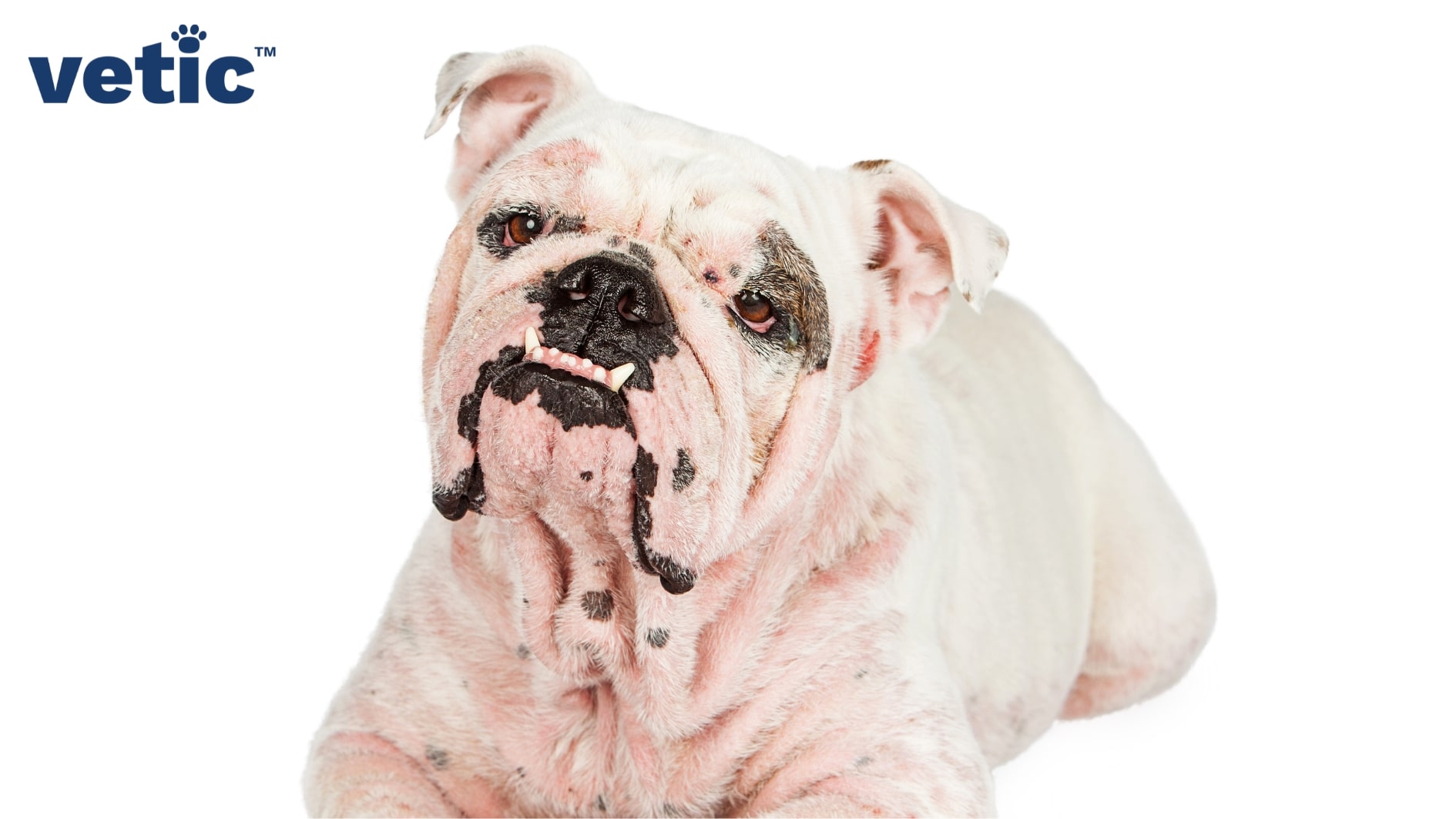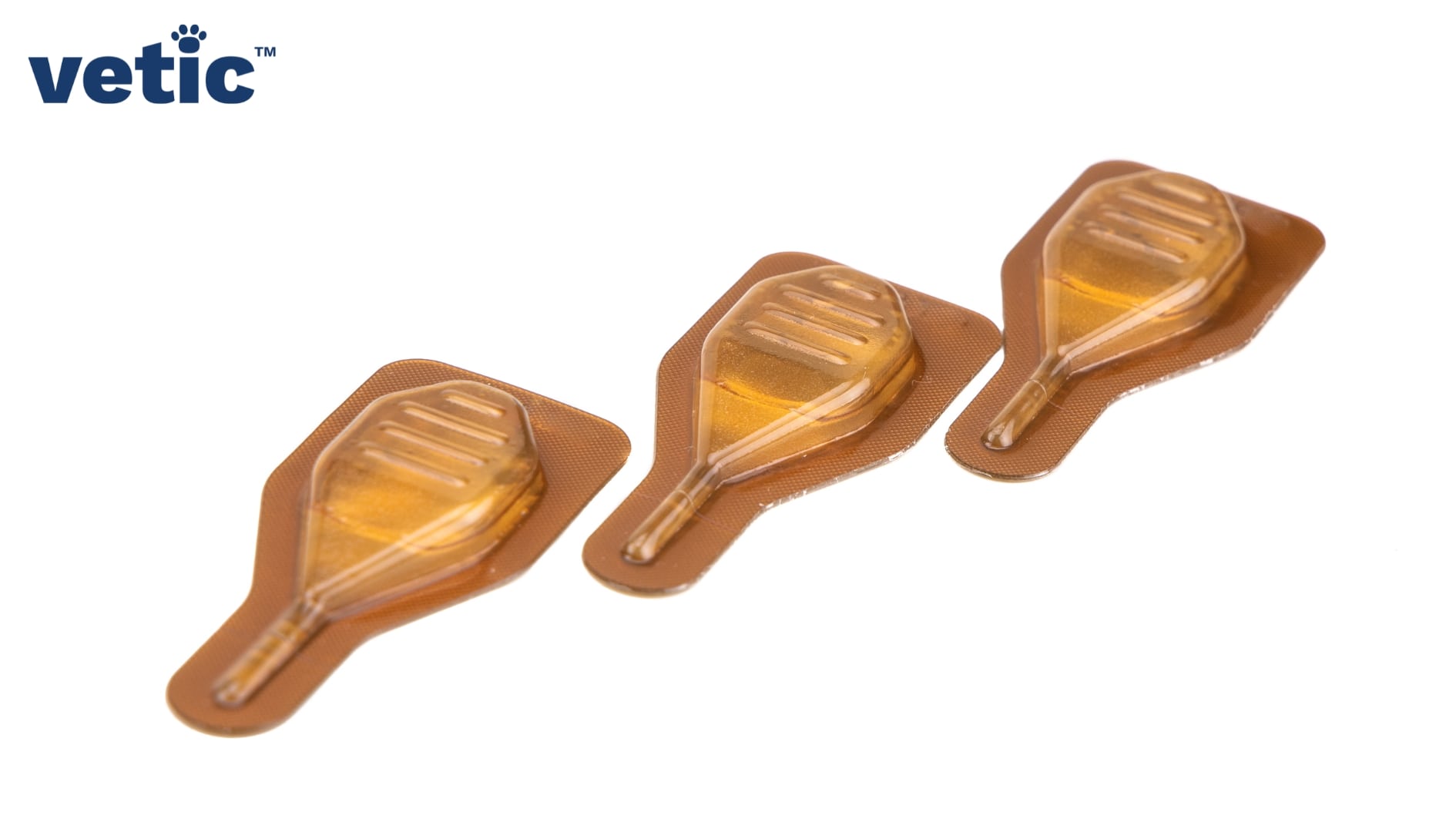Skin allergies in dogs are pretty common among India. The pollutants in the air and the high level of allergens can cause redness, rashes and excessive itching. Veterinarians often refer to skin allergies in dogs as canine atopic dermatitis (CAD).
Any dog who is prone to skin allergies will show symptoms between the ages of 6 months to 3 years.
Which areas do skin allergies in dogs affect the most?

In a dog with skin allergies, you will notice rashes, redness, hair loss and lesions in and around –
- The face (mouth and eyes)
- Abdomen or belly
- Outside part of their ears
- Outside of their elbows
- The “wrist” joints
- Spaces between their fingers
- Areas surrounding their anus and genitals
What are the clinical signs of skin allergies in dogs?
The primary clinical signs of canine atopic dermatitis or dog skin allergies include –
- Scratching and chewing
- Excessive licking and self-grooming
- Redness
- Rashes
These signs can be present throughout the year or may become more prominent in some seasons. It typically depends on the type of allergen involved.
What causes dog skin allergies?
Although it is easy to determine if your dog is suffering from an allergy through a simple blood test, it is not as easy to discern the cause of skin allergies or CAD in dogs.
Sometimes dogs are allergic to environmental factors just like we are. So, this could mean your dog is allergic to pollen, dust mites or mould.

At other times, certain foods can cause allergic reactions in dogs. These could include dairy, red meat, gluten in grains and shellfish. If your veterinarian suspects food-induced allergies in your dog, they will recommend an exclusion diet or a hypoallergenic diet.
Some of the other factors that predominantly cause skin allergies in dogs or CAD are –
- Parasites that reside on the skin (fleas and flea bites)
- Excess bacterial growth (Staphylococcus pseudintermedius)
- Unnatural yeast growth (Malassezia pachydermatis)
- Disruptions in the skin barrier
NOTE: Although hypothyroidism does not cause CAD directly, it can worsen the flare-ups. It can cause the skin to become more prone to breakage and infections. If your dog has recurring symptoms of CAD, you should definitely talk to a veterinarian near you to get your dog’s thyroid hormone levels checked.
When a dog has low thyroid hormone levels, anti-inflammatory medicines may not work. Your veterinarian will begin treating your dog for hypothyroidism along with the standard treatment for skin allergies.
What is the diagnostic test for Canine Atopic Dermatitis?
There is currently no diagnostic test for CAD. The diagnosis is based on the dog’s blood tests, symptoms, history and the exclusion of other conditions that cause similar symptoms.
Your veterinarian should refer to a standardised set of clinical criteria before confirming a CAD diagnosis. It is known as Favrot’s Criteria and it helps veterinarians determine whether an itchy dog can be suffering from CAD.

For example, your veterinarian must rule out all other diseases that have similar symptoms such as mange, flea allergy dermatitis, and other primary skin infections. Veterinarians typically rule out ectoparasites via skin and coat examination, and skin scraping.
Your veterinarian may even recommend a skin biopsy to simply rule out skin cancer.
Blood tests to determine the levels of IgE are not the correct indicator for CAD. Many dogs with CAD may not have excessively elevated levels of IgE in their blood test report.
What is the treatment for canine atopic dermatitis?
The treatment for skin allergies in dogs or CAD typically involves multiple steps and medications.
The first target is to reduce scarring and inflammation. So, your veterinarian may recommend one or multiple corticosteroids, anti-allergic drugs and skin health supplements as the first round of treatment.
Apart from using oral medicines, your doctor will also prescribe topical treatment that may include shampoos, soothing sprays and healing ointments for your dog’s skin.

Depending on how your dog responds to these medicines, your veterinarian may change the doses or the medicines.
There is no particular medicine that is used in the treatment of skin allergies in dogs.
Most dogs with CAD will also receive anti-flea and anti-tick medicines from veterinarians. These can include oral medicines, sprays or shampoos. Your veterinarian is the best person to decide which form of flea and tick treatment is best for your dog depending on their skin health.
Your dog will also likely receive antibacterial and antifungal medication to control and reduce the secondary bacterial and fungal skin infection(s). Do not change the dose or course of the drug without consulting your veterinarian.
If there’s reason to suspect that your dog has food-induced skin allergies your veterinarian will begin with an exclusion diet. Your dog may need hypoallergenic or ultra-hypoallergenic prescription foods.
Is CAD or skin allergies in dogs curable?
While CAD may not be completely curable, the flare-ups and symptoms can be managed to improve the dog’s quality of life.
Your dog may require a few supplements on seasons when their allergies act up and a special diet. You need to ensure that they do not have ticks, fleas and mites that can worsen their skin health. You must take them for regular grooming to prevent oil and dirt build-up. However, they can otherwise lead a completely healthy life.
Is your dog scratching too much? Do you notice redness, rashes or bald spots on their skin? You need to take them to a veterinary clinic with the latest diagnostics and the best veterinarians near you. Early diagnosis can save your dog from needless discomfort and suffering.
